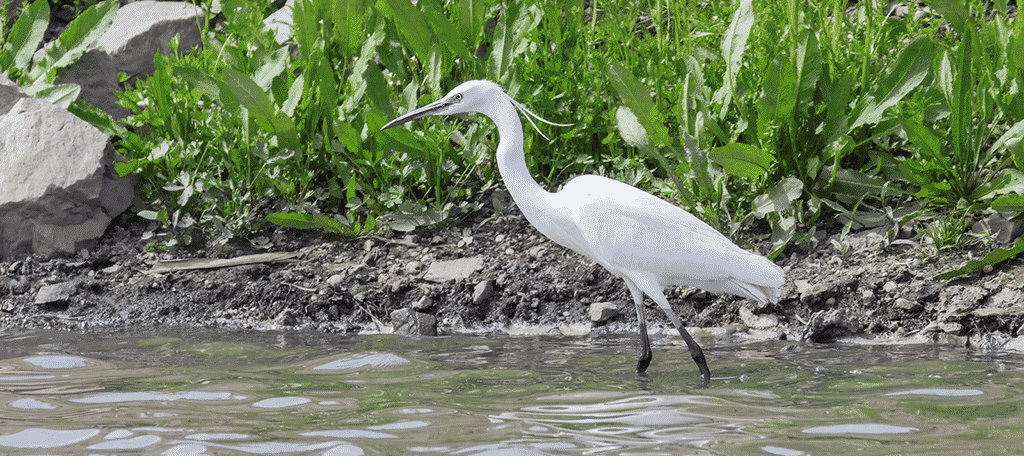Hydropower accounts for 17% of electricity generation around the world and does not release greenhouse gases. However, it still has a fair share of problems to deal with, which have many questioning if it is worth using.
While many people are in a rush to lower greenhouse gas emissions, and for good reason, not all “clean” energy sources are created equal. A perfect example of this is nuclear energy.
It produces zero emissions, is reliable, and is relatively safe considering its 60-year history. However, there are many concerns about nuclear energy that have had environmentalists questioning its usage for years.
And now those eyes are taking a second look at hydropower.
How Does Hydropower Negatively Impact The World?

Hydropower is not only detrimental to fish and other aquatic wildlife but also negatively impacts human communities.
For example, the Ilisu dam recently opened in July 2019 and will have a serious impact on the water flow to Iran, Iraq, and Syria. Not only will this threaten wildlife, but humans will also suffer as a direct result.
This creates tension between countries, and as water becomes more valuable, it could be the cause of more serious conflicts.
Wildlife has been impacted by dams since the beginning. They destroy natural habitats near rivers and displaces species that rely on them. An example of this is Egrets.
The Egret is a bird species that rely on feeding on migratory fish and set up nests accordingly. However, dams destroy these rivers and remove this as a route for migrating fish.
There’s A Lot of New Dams Planned
A big factor that has a lot of people reexamining hydropower is the large number of dams Europe has plans for. In fact, over 8,700 new hydropower plants are already planned or under construction in Europe.
This is on top of the existing 21,387 plants that already exist.
While it is clear that hydropower plants are generally smiled upon because it is clean energy, this will have a serious impact on river habitats.
Balance is Key for Renewable Energy
The trick with renewable energy is to have diversity. There are multiple energy sources, like solar and wind, which have a lot of room for expansion.
On top of this, we avoid putting all of our eggs in one basket.
For example, one of the big criticisms of renewable energy is its reliability. By spreading out where our energy comes from, though, we can reduce the impact when one part falters.
Diversity is always a good thing, and the energy sector is no exception.


